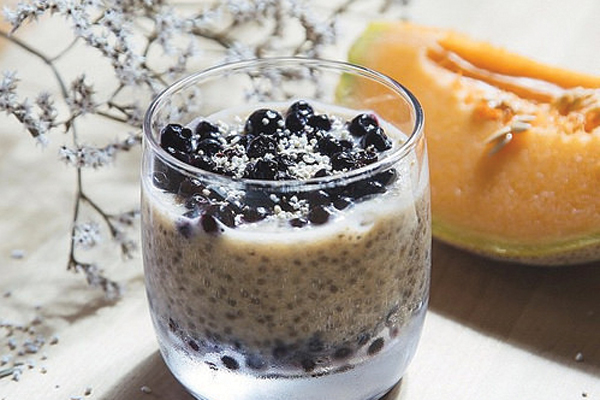 WITH AN OVERWHELMING variety of energy bars out there, it’s hard to choose the best protein-packed snack for you. Picking the right one can provide a slew of benefits, but an analysis of those choices is necessary when standing in the goodies aisle.
WITH AN OVERWHELMING variety of energy bars out there, it’s hard to choose the best protein-packed snack for you. Picking the right one can provide a slew of benefits, but an analysis of those choices is necessary when standing in the goodies aisle.
“The ingredients matter, as well as the time of consumption,” explained Eric MacIntosh, assistant professor of human kinetics at the University of Ottawa with a focus on sport management. “Depending on the type of bar, the sugar content, and various additives, certain bars are better at certain times.”
According to The Body Building Science Journal, simple carbohydrates such as sugars should be avoided before exercise as they lead to a rapid increase in energy followed by a rapid decline—leaving you weak mid-workout.
These should instead be saved for after a workout when your body needs to restore glycogen right away. It is also important to add protein to your carbohydrate consumption after you exercise in order to kick-start muscle recovery and limit muscle degradation.
This is useful information to know when picking out a pre- or post-gym snack, and many energy bars seem to fit the nutritional bill. But should they be your go-to grub?
“Nothing replaces whole foods in my opinion,” said MacIntosh. “And frankly, many additives can be detrimental to health. A lot of the protein bars are heavy in whey protein, which is not well metabolized by a large percentage of the population.”
The sweeteners in energy bars are also of concern.
“Often, protein bars contain artificial sweeteners, and some research suggests that there could be neurological consequences associated with consumption. Some sweeteners have not undergone long-term clinical studies, meaning the health consequences are unclear.”
Energy bars can also contain excessive nutrients that may not be necessary for someone who already eats a healthy diet.
“Generally, most people overdo the amount of protein they actually require,” noted MacIntosh. “If you are not exercising,
you require 0.8 grams of protein per kilogram of body weight each day.”
He does comment that if you are trying to gain muscle, extra protein will be needed.
“If you are in strength training, the amount of protein needed goes up to approximately one gram per kilogram of weight.”
For a person who weighs 170 pounds, that’s a difference of 16 grams. The question is: Do you really need to get the extra nutrients from a fortified snack?
Ultimately it’s your choice to decide what works best for you, but watch out for energy bars packed with sugars and fat. For your convenience, here is a list of some popular energy bars with an outline of a few of their key components:
Clif Bar by ClifBar (Chocolate chip):
240 calories | 10g protein | 4.5g fat | 44g carbs | 23g sugar
Proteinplus by PowerBar (Fudge brownie):
300 calories | 24g protein | 6g fat | 37g carbs | 18g sugar
Solid Protein by Nature’s Best
(Double chocolate):
270 calories | 30g protein | 6g fat | 28g carbs | 3g sugar
The Simply Bar
(Peanut Butter Chocolate):
160 calories | 1g protein | 4g fat | 3g sugar
—Marie Hoekstra





